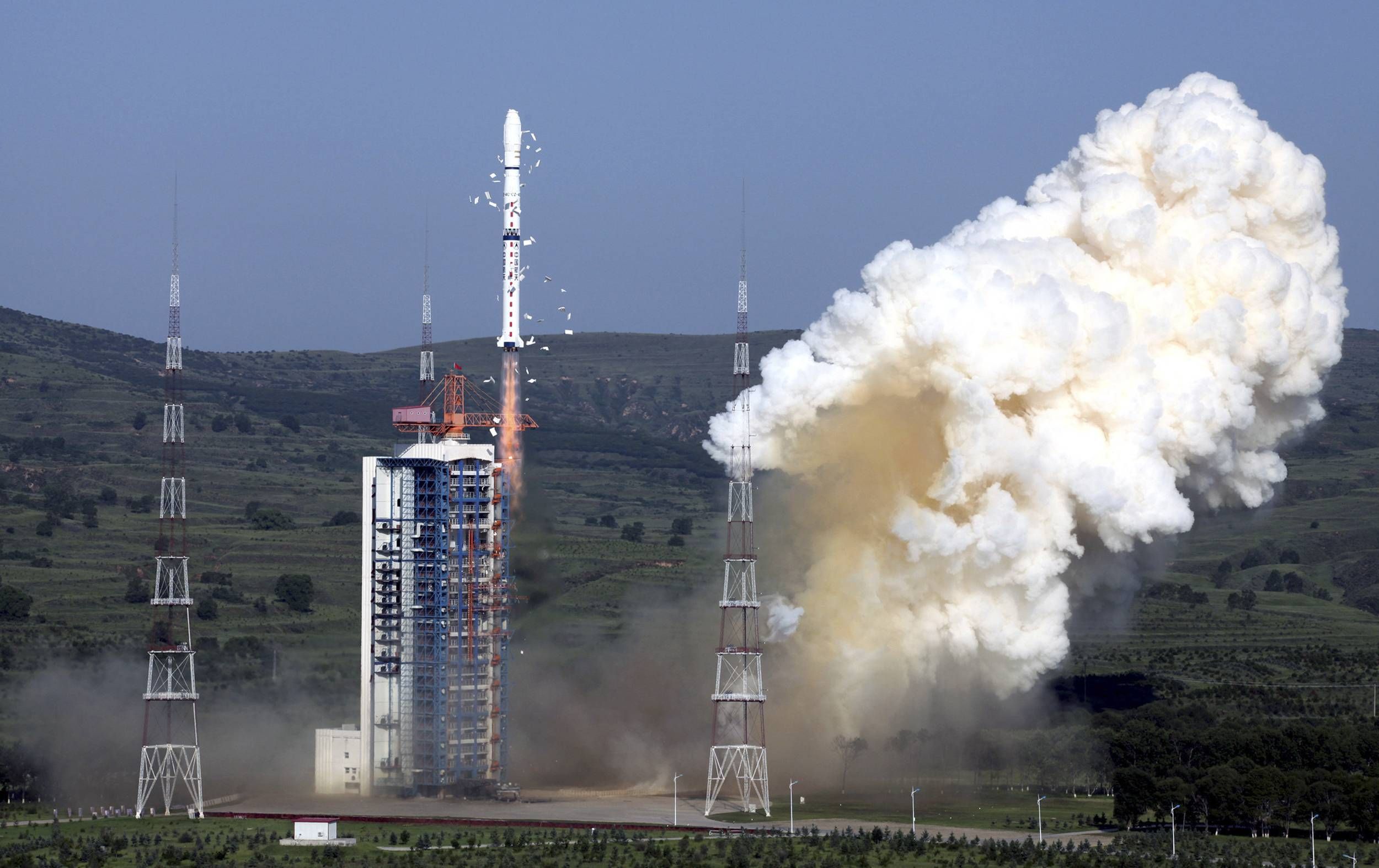
China’s Queqiao relay satellite brakes near the Moon; It will enter the halo orbit soon
Launched on Monday, China’s relay satellite has finally reached near the moon and has successfully entered into a series of transitions before it is positioned at the desired orbit. According to the official statement released by the China National Space Administration, Queqiao – China’s relay satellite, braked near the moon and now, it will follow the command fed by the officials on Earth to enter a specific orbit needed to complete the mission.
Queqiao is a 400-kg communication relay satellite that was launched on Monday, May 21, on a Long March-4C rocket and it successfully transmitted from the Earth towards the moon. Once it is set-up, it will form a link between the mission control and the lander & rover on the far side of the moon. It is the first-ever mission to the far side of the moon where the lander and rover will land at the Von Karman Crater in South Pole-Aitken Basin.
The satellite braked its velocity about 100 km above the surface of the moon in order to enter a specific orbit called second Lagrangian (L2) point of the Earth-Moon system. According to the statement, there was a short window available for braking and the satellite had only a single chance to complete the task which was successfully performed by the instructions and commands feed by the mission control. As of now, the satellite will burn its engine several times in order to adjust its orbit and reach a halo orbit around the second Lagrangian point where the object remains in equilibrium and in stable condition maintaining its relative position with respect to the Earth-Moon system which is around 455,000 km from the Earth.
Queqiao is a state-of-the-art communication relay satellite with a fixed 4.2m radio antenna that will pick up the transmission from the lander and rover positioned in the far side of the moon. Then, it will relay the data to the mission control in S-band radio signals which will help scientists to analyze the hidden secrets of the far side of the moon. Queqiao is the first communication satellite in such an orbit around the moon. It will act as a relay satellite for Chang’e-4 rover and lander that will be launch later this year.


